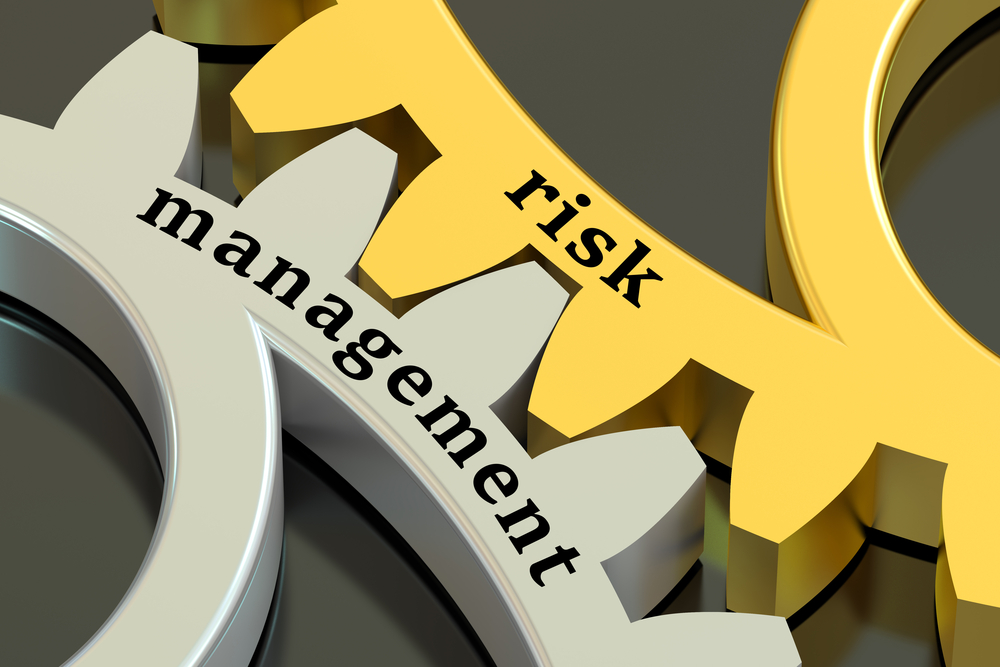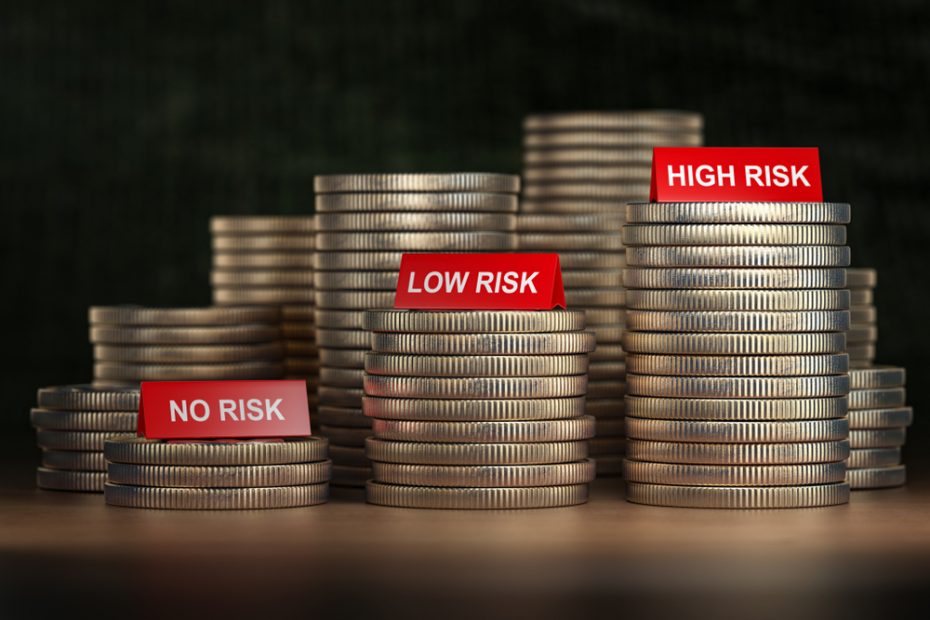In the payment industry, the term high-risk businesses or high-risk industry describes a business or industry that has an elevated risk for financial exposure. A business in the high-risk sector will face challenges accepting card payments that standard businesses don’t have to worry about. A high-risk industry business has to worry about higher processing fees and other requirements.
Read on to find out strategies for how to manage your high-risk business.
What Industries Are Considered High Risk?
There are several industries that are considered to be high-risk, including:
- Adult entertainment
- CBD
- Online dating
- Cigars and tobacco
- Credit Repair
- Debt collection
- E-Cigarettes
- Firearms
- Gambling
- Nutraceutical
- Tech support
- Financial services
- Cryptocurrency
- Travel
- Pharmaceuticals
- Affiliate marketing
- Auto sales
- Tickets and events
- Fantasy sports and betting
What Determines The Risk Level Of A Business?
Merchant providers and banks look into a few specific factors when determining to label a business as high-risk businesses. This can include:
- Chargeback And Fraud Rates: A high chargeback or rate of fraud is among the most common reasons that a payment processor will label a business as high-risk. They review your customers’ behavior patterns to determine your chargeback rate.
- Offshore Businesses: If you are an offshore business that primarily sells to United States customers, they may consider you a high-risk business.
- Questionable Products Or Services: Selling products or services that are legally questionable, such as drugs, will indicate to a provider that you are high-risk.
- High Average Purchases: If your business regularly accepts high-cost purchases, you may be considered high risk.
- Low Credit Score: If the business owner has a low personal credit score, a payment processor is more likely to place your business in the high-risk sector.
Industry Challenges Of High-Risk Businesses

There are several challenges that high-risk businesses may face due to their status, including:
1. Strict Regulations
A high-risk business has to comply with several regulations and laws to operate legally and avoid penalties or other issues. The safety regulations and other requirements will vary by industry and can possibly include anti-money laundering laws, consumer protection laws, and data privacy regulations.
High-risk businesses are also required to monitor changes in regulations to ensure that they are regularly in compliance with the law.
2. Cost Of Compliance
To ensure compliance with strict regulations, a high-risk business needs to use complex data security such as encryption and tokenization, which can be costly if their provider doesn’t offer these services. If they aren’t regularly in compliance, they can also be charged fees and have to deal with the cost of potential legal charges, which can be very costly.
3. High Cost Of Insurance
Due to the nature of a high-risk industry, there are more requirements for insurance, and it is often more costly than insurance for a low-risk business. A hazardous industry often finds itself at higher risk for worker’s compensation claims, which can make it difficult to find coverage.
A complex, high-risk business needs a specialized provider, which can be extremely costly.
4. Problems Finding Affordable Insurance
A hazardous industry that is labeled as high-risk can have a difficult time finding coverage in general, let alone affordable insurance coverage. Most providers aren’t equipped to deal with a high-risk industry and those that will inevitably charge higher premiums.
How To Reduce Your High-Risk Industry Insurance Cost
There are several ways you can lower your high-risk industry insurance cost, including:
1. Shopping Around
A licensed insurance broker can help you find the right insurance policy for your high-risk industry. We recommend getting bids from at least three different brokers or agents to get the most competitive rates.
2. Reduce Your Risk
The higher the risk your business is, the more your insurance will charge for coverage. There are several ways to reduce your business risk, including putting in place theft-prevention programs, disaster preparation, human resources training, risk mitigation, and workplace safety regulations.
3. Ask About Discounts
For certain industries, small business insurance costs can be reduced based on safety discounts for adding new security or undergoing specialty training. You can also look into getting a loyalty discount if you have been with the same company for a period of time.
4. Pay Premiums In Advance
Lots of insurance providers offer discounts for anyone who pays in advance, especially when you are buying six or twelve months of insurance at once. Although this can be a large lump sum, you can save a lot over the course of a year.
Risk Management Strategies For High-Risk Businesses

There are several risk management and risk mitigation strategies for high-risk businesses that can be used to prevent risk, including:
1. Identifying risks
Risk identification can be done through internal and external risk assessments, either annually or at varying intervals. All identified risks, assessments, and responses should be documented in a risk inventory that is regularly updated.
2. Assessing Risks
Once the risks have been identified, they should each be assessed to determine the likelihood and impact. You should document your risk assessments, and they should be completed at regular intervals.
3. Responding To Risks
After an assessment, the process continues by developing controls and treatments to address the risk. Risks are often treated with risk avoidance, risk mitigation, risk acceptance, or risk transference. Responding to risks is an ongoing process.
4. Monitoring Risks
Risk monitoring is an ongoing process to manage risks by continuing to identify and manage new risks. Monitoring risks provides the business with the ability to act quickly if risk exceeds acceptable levels of impact or severity. Continuous monitoring keeps a business able to deal with risks that happen.
Implementing Safety Measures
Following safety regulations is crucial for ensuring workplace safety in a high-risk industry. It is crucial to understand that the laws and regulations must be followed. Employers should also provide employees with training related to job-specific safety to ensure they are able to identify and mitigate risks in the working environment.
It is crucial to regularly review safety protocols and ensure they are being followed. Employers need to create a culture of accountability by communicating the importance of safety to staff and creating an environment of responsibility.
To create a safe work environment, you must provide safety gear and training and enforce the use of all safety measures, including risk assessments. Your risk assessments should include special equipment, chemicals, hazardous materials, and more. Safety training should also be provided regularly, and you should consider investing in protective gear to reduce the risk of incidents.
Emergency Preparedness
A workplace emergency is a situation that can threaten workers, customers, or the public, can shut down operations, or cause physical or environmental damage. Contingency plans are designed for employees to know what to do in the event of a specific emergency.
Contingency planning involves three elements, identifying events to plan for, developing the plan, and defining an action point. After conducting a risk assessment to identify hazards to plan for, the plan will be developed. The plan will outline who is responsible for what, what resources are needed, what action to take, and when these risks occur.
After the plan is developed, an action point is defined, which will determine at which point the contingency plan will go into effect. For example, how close does a hurricane need to be to take action on the contingency plan? The last step is to keep your contingency plans regularly updated and evaluate them at least on an annual basis.
Effective Communication And Crisis Management
Thoughtful risk communication and crisis management can help public officials prevent fear-driven and damaging public responses to a serious crisis. Appropriate risk communication can foster trust and confidence. Plan to communicate to the public and others by asking the following questions:
- What information is crucial to include to get the appropriate public response?
- What messages should be delivered during and after the incident?
- What are the obstacles to effective communication, and how can they be avoided?
- What questions can be anticipated from the public?
- What are the news media’s responsibilities, and how can you help them?
Effective communication should have a few goals, including:
- Easing public concern
- Giving guidance on how to respond to the risk
- Deliver accurate and timely information
- Stay on message
High-Risk Industry: Key Strategies
High-risk businesses face many challenges that lower-risk industries don’t, including having to obey strict regulations, paying more for data encryption if the provider doesn’t include it, a higher cost of business insurance, and problems finding affordable insurance.
There are many risk management strategies that a high-risk business can use, including risk mitigation, identifying risks, assessing risks, implementing contingency plans, training employees, and more.
The number one tactic for managing risk in a high-risk industry is being diligent about managing the risk faced by your industry and being proactive to prevent accidents and stay up to date on those risks.


